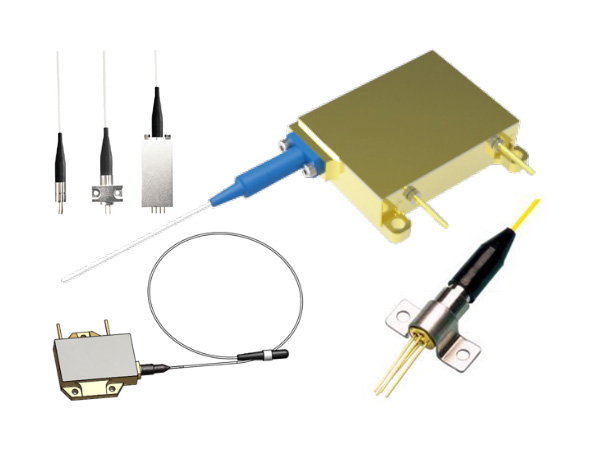Bringing Metal Back to Life - Laser Rust Removal Technology
Laser Rust Removal Technology is a common application of laser cleaning where as the laser sweeps over the rusty metal casing, the rust is quickly removed and the metal material becomes as good as new. How is this accomplished?
To know how laser rust removal is realized, first we need to know how the metal is rusted. To common iron products rust as an example, the chemical nature of iron is more active, the oxygen in the air and iron reaction to generate iron oxide, and this reaction in the environment of higher humidity faster. The formation of iron oxide is spongy and loose porous structure, it is easier to absorb the moisture in the air to accelerate the process of rusting.
Rusting metal can be more than just unsightly. Rust destroys its original structure, resulting in the loss of its original properties, such as hardness, compression resistance, etc., seriously affecting the performance and life of the metal. For example, rust on a ship at sea can affect the speed of navigation, cause damage to the hull, and can even be dangerous if not cleaned in time.
Traditional rust removal methods include mechanical rust removal, chemical rust removal and so on. Mechanical descaling is simple and rough, time-consuming and laborious, while chemical descaling is relatively easy to operate, but the emission of waste liquid has become a new problem. Although these methods can remove rust, but more or less complex operation, time-consuming, poor working environment, easy to cause secondary pollution and other problems.
Based on this, laser rust removal technology came into being. Due to the loose structure of the rust layer on the surface of the metal, the energy emitted by the laser is quickly absorbed, forming a rapidly expanding plasma, and generating shock waves to make the rust into smaller fragments fall off. As we have just mentioned, the metal rust is different from the metal matrix composition, and thus the structure is also different. So we only need to control the threshold of laser power to reach a level that can melt the rust without causing damage to the material, and then we can achieve the purpose of rust removal.
With proper power control, you won't even damage your hands!
As we can see, laser rust removal has many unique advantages. Laser descaling efficiency is high, depending on the specific laser power and cleaning materials, usually can reach a few minutes to clean up each square meter of rust. And the process is flexible, can be adjusted at any time according to the degree of corrosion, can achieve targeted treatment of serious rust parts without damaging the metal matrix. Taking ship descaling as an example, the most serious rusted parts of the ship are usually the pipelines in direct contact with seawater, the anchoring place of the hull or near the mouth of the cable. We can use small laser descaling equipment to focus on these areas to reduce overall costs.
At the same time, the entire cleaning process is contact-free, low-cost, and does not involve chemical reactions, so it will not cause secondary pollution to the environment.
The application prospect of laser rust removal technology is very broad. In the field of aerospace, aircraft precision parts are exposed to harsh environment for a long time, it is easy to appear rust, once the performance is affected, the danger is self-evident. Laser descaling can quickly and effectively remove rust and corrosion on aircraft parts, improve performance and service life. In the field of cultural relics restoration, laser descaling can accurately remove the rust on the surface of cultural relics, so that the cultural relics under the thousands of years of rust to see the light of day, without causing damage to the relics themselves.
Every year, about 10% of the world's total steel production is corroded and turned into rust, causing considerable losses. Laser descaling technology, as a new type of descaling method, will bring new solutions to descaling problems for more metal categories and more industrial industries.
 English
English Français
Français Deutsch
Deutsch euskara
euskara Русский язык
Русский язык Italiano
Italiano Português
Português Nederlands
Nederlands Polski
Polski Greek
Greek Lietuva
Lietuva Türkçe
Türkçe 日本語
日本語 한어
한어 中文
中文 தாமில்
தாமில் فارسی
فارسی हिंदी
हिंदी Tiếng Việt
Tiếng Việt ภาษาไทย
ภาษาไทย Pilipino
Pilipino Indonesia
Indonesia தாமில்
தாமில்





